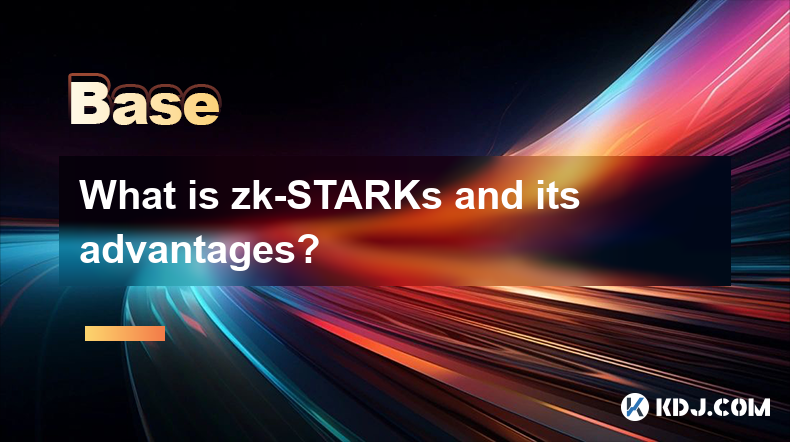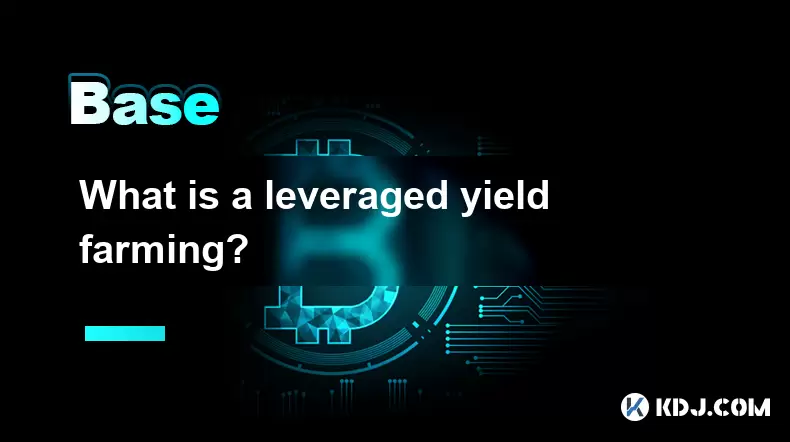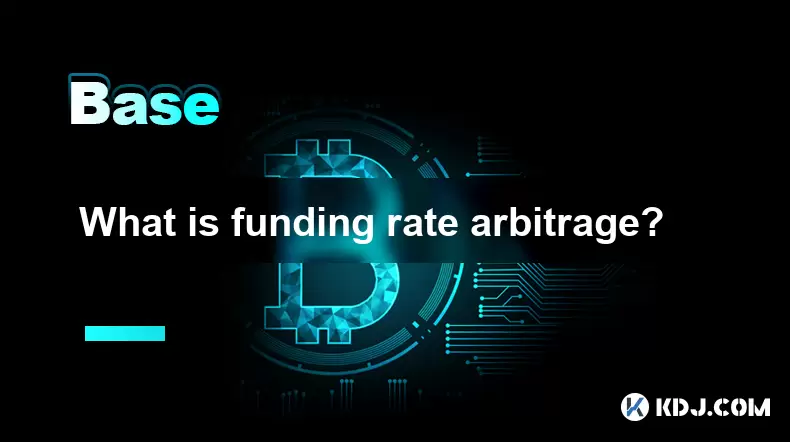-
 Bitcoin
Bitcoin $107,758.1435
-1.45% -
 Ethereum
Ethereum $2,490.6114
-3.32% -
 Tether USDt
Tether USDt $1.0004
0.00% -
 XRP
XRP $2.2042
-2.04% -
 BNB
BNB $651.4818
-1.12% -
 Solana
Solana $145.8782
-3.02% -
 USDC
USDC $0.9999
0.00% -
 TRON
TRON $0.2819
-1.39% -
 Dogecoin
Dogecoin $0.1621
-4.58% -
 Cardano
Cardano $0.5658
-4.18% -
 Hyperliquid
Hyperliquid $37.8181
-6.63% -
 Sui
Sui $2.8404
-4.91% -
 Bitcoin Cash
Bitcoin Cash $481.3703
-2.30% -
 Chainlink
Chainlink $13.0043
-4.79% -
 UNUS SED LEO
UNUS SED LEO $9.0464
0.26% -
 Avalanche
Avalanche $17.6115
-4.39% -
 Stellar
Stellar $0.2359
-2.11% -
 Toncoin
Toncoin $2.7507
-3.93% -
 Shiba Inu
Shiba Inu $0.0...01126
-4.41% -
 Litecoin
Litecoin $86.1256
-3.27% -
 Hedera
Hedera $0.1530
-3.13% -
 Monero
Monero $312.7785
-2.81% -
 Dai
Dai $1.0000
-0.01% -
 Ethena USDe
Ethena USDe $1.0001
-0.02% -
 Polkadot
Polkadot $3.3287
-5.55% -
 Bitget Token
Bitget Token $4.3840
-4.00% -
 Uniswap
Uniswap $6.8370
-10.63% -
 Pepe
Pepe $0.0...09548
-4.25% -
 Aave
Aave $260.2526
-6.11% -
 Pi
Pi $0.4658
-5.45%
What is zk-STARKs and its advantages?
zk-STARKs enhance blockchain privacy and scalability with no trusted setup, offering post-quantum security and enabling private transactions and smart contract integrity.
Apr 08, 2025 at 12:29 am

zk-STARKs, or Zero-Knowledge Scalable Transparent ARguments of Knowledge, represent a significant advancement in the field of cryptographic proofs. They are a type of zero-knowledge proof that allows one party to prove to another that a statement is true without revealing any information beyond the validity of the statement itself. This technology has garnered attention within the cryptocurrency community due to its potential to enhance privacy and scalability in blockchain networks.
What are zk-STARKs?
zk-STARKs are a form of zero-knowledge proof that stands out due to its scalability and transparency. Unlike other zero-knowledge proofs, such as zk-SNARKs, zk-STARKs do not require a trusted setup. This means that there is no need for a preliminary phase where a set of parameters is generated, which could potentially be compromised. Instead, zk-STARKs rely on publicly verifiable randomness, making them more secure and transparent.
How do zk-STARKs Work?
The operation of zk-STARKs involves several key steps. First, a prover generates a proof that a certain computation was performed correctly. This proof is then verified by a verifier, who can confirm the correctness of the computation without needing to know the details of the computation itself. The process is based on polynomial commitments and the FRI (Fast Reed-Solomon Interactive Oracle Proof of Proximity) protocol, which allows for efficient verification of large computations.
Advantages of zk-STARKs
zk-STARKs offer several advantages that make them particularly appealing for use in blockchain and cryptocurrency applications.
Scalability: One of the most significant advantages of zk-STARKs is their scalability. They can handle large computations efficiently, making them suitable for use in blockchain networks where scalability is a critical issue. The verification time for zk-STARKs grows logarithmically with the size of the computation, which is a significant improvement over other zero-knowledge proofs.
Transparency: As mentioned earlier, zk-STARKs do not require a trusted setup. This transparency is crucial for blockchain applications, where trust in the system is paramount. The absence of a trusted setup means that there is no single point of failure that could compromise the security of the system.
Post-Quantum Security: zk-STARKs are designed to be secure against quantum computing attacks. This is a significant advantage in an era where quantum computers pose a potential threat to many current cryptographic systems. The reliance on hash functions and polynomial commitments makes zk-STARKs resistant to quantum attacks.
Privacy: zk-STARKs enable private transactions on blockchain networks. Users can prove that a transaction is valid without revealing any sensitive information about the transaction itself. This enhances the privacy of users and can help to protect against surveillance and data breaches.
Applications of zk-STARKs in Cryptocurrency
zk-STARKs have several potential applications within the cryptocurrency space. One of the most promising is their use in layer 2 scaling solutions. These solutions aim to increase the transaction throughput of blockchain networks by processing transactions off-chain and then settling them on the main blockchain. zk-STARKs can be used to prove the validity of these off-chain transactions, ensuring that they are secure and verifiable.
Another application is in private transactions. Cryptocurrencies like Zcash have already implemented zero-knowledge proofs to enable private transactions, but zk-STARKs offer a more scalable and transparent alternative. By using zk-STARKs, users can enjoy the benefits of private transactions without the need for a trusted setup.
zk-STARKs can also be used to enhance the security of smart contracts. By proving the correctness of smart contract executions without revealing the details of the execution, zk-STARKs can help to prevent malicious attacks and ensure the integrity of the smart contract system.
Implementing zk-STARKs in a Blockchain Network
Implementing zk-STARKs in a blockchain network involves several steps. Here is a detailed guide on how to do so:
Choose a zk-STARKs Library: There are several libraries available that implement zk-STARKs, such as libSTARK and Cairo. Choose a library that is compatible with your blockchain platform and meets your specific needs.
Integrate the Library: Integrate the chosen library into your blockchain network. This may involve modifying the existing codebase to support zk-STARKs. Ensure that the integration is done securely and that the library is properly tested.
Generate Proofs: Once the library is integrated, you can start generating zk-STARKs proofs. This involves running the computation that you want to prove and then using the library to generate a proof of the computation's correctness.
Verify Proofs: The generated proofs need to be verified by nodes on the blockchain network. Implement a verification mechanism that allows nodes to check the validity of the proofs without needing to know the details of the computation.
Test and Deploy: Thoroughly test the implementation to ensure that it works correctly and securely. Once testing is complete, deploy the zk-STARKs system on your blockchain network.
Challenges and Considerations
While zk-STARKs offer many advantages, there are also some challenges and considerations to keep in mind. One challenge is the complexity of implementing zk-STARKs. The technology is still relatively new, and there may be a learning curve for developers who are not familiar with it. Additionally, the proofs generated by zk-STARKs can be larger than those generated by other zero-knowledge proofs, which could impact the efficiency of the system.
Another consideration is the need for sufficient computational resources. Generating and verifying zk-STARKs proofs can be computationally intensive, which may require significant resources. This could be a barrier for smaller blockchain networks or for users with limited computational power.
Frequently Asked Questions
Q: How do zk-STARKs compare to zk-SNARKs?
A: zk-STARKs and zk-SNARKs are both types of zero-knowledge proofs, but they have some key differences. zk-STARKs do not require a trusted setup, making them more transparent and secure. They are also more scalable and resistant to quantum computing attacks. However, zk-SNARKs can generate smaller proofs, which may be more efficient in certain applications.
Q: Can zk-STARKs be used with any blockchain platform?
A: zk-STARKs can be integrated with most blockchain platforms, but the specific implementation may vary depending on the platform's architecture and requirements. Some platforms may have built-in support for zk-STARKs, while others may require custom integration.
Q: Are there any real-world examples of zk-STARKs being used in cryptocurrencies?
A: Yes, there are several projects that are exploring the use of zk-STARKs in cryptocurrencies. For example, StarkWare is working on integrating zk-STARKs into Ethereum to improve its scalability and privacy. Another project, Matter Labs, is using zk-STARKs to develop a layer 2 scaling solution for Ethereum called zkSync.
Q: What are the potential risks associated with using zk-STARKs?
A: While zk-STARKs offer many benefits, there are also some potential risks to consider. One risk is the complexity of the technology, which could lead to implementation errors if not done correctly. Another risk is the computational resources required to generate and verify proofs, which could be a barrier for some users. Additionally, the larger proof sizes could impact the efficiency of the system in certain scenarios.
Disclaimer:info@kdj.com
The information provided is not trading advice. kdj.com does not assume any responsibility for any investments made based on the information provided in this article. Cryptocurrencies are highly volatile and it is highly recommended that you invest with caution after thorough research!
If you believe that the content used on this website infringes your copyright, please contact us immediately (info@kdj.com) and we will delete it promptly.
- Bitcoin's Pattern Break: Are HODLers the Key to the Next Surge?
- 2025-07-04 18:50:12
- Bitcoin Price, Trump's Bill, and the $150K Dream: A NYC Take
- 2025-07-04 19:50:12
- Ethereum, LILPEPE, and the July Bounce: Will Pepe Steal ETH's Thunder?
- 2025-07-04 19:10:12
- Binance Institutional Loans: Unlocking 4x Leverage and Zero Interest for Whales
- 2025-07-04 19:15:12
- Bitcoin Bull Run: Analysts Eye Peak in Late 2025?
- 2025-07-04 19:20:13
- Pepe Indicators, Bullish Forecast: Can the Meme Coin Rally?
- 2025-07-04 19:25:12
Related knowledge

What is a user-generated content (UGC) NFT platform?
Jul 04,2025 at 01:49pm
Understanding the Concept of a UGC NFT PlatformA user-generated content (UGC) NFT platform is a digital marketplace or ecosystem where users can create, mint, and trade non-fungible tokens (NFTs) that represent ownership of original digital content they produce. Unlike traditional NFT platforms where creators often include professional artists or develo...

What is a token generation event (TGE)?
Jul 04,2025 at 07:14am
Understanding the Basics of a Token Generation Event (TGE)A Token Generation Event (TGE) refers to the process through which a blockchain project creates and distributes its native tokens to investors, participants, or stakeholders. This event is often associated with new cryptocurrency projects launching on platforms like Ethereum, Binance Smart Chain,...

What is a block explorer API?
Jul 04,2025 at 05:07am
Understanding the Role of a Block Explorer APIA block explorer API is a crucial interface that enables developers and users to interact programmatically with blockchain data. Unlike traditional APIs used in web services, a block explorer API specifically provides access to blockchain-related information such as transaction details, wallet balances, bloc...

What is a leveraged yield farming?
Jul 04,2025 at 09:36am
Understanding Leveraged Yield FarmingLeveraged yield farming is a more advanced form of yield farming, which itself is a popular method in the decentralized finance (DeFi) ecosystem to earn returns by providing liquidity to various protocols. In traditional yield farming, users deposit tokens into a DeFi platform and earn rewards in return, often in the...

What is open interest in derivatives?
Jul 03,2025 at 02:49pm
Understanding Open Interest in DerivativesOpen interest is a critical metric used in the cryptocurrency derivatives market, particularly when analyzing futures and options contracts. It represents the total number of outstanding contracts that have not been settled or closed by either party involved. Unlike trading volume, which counts all trades made i...

What is funding rate arbitrage?
Jul 04,2025 at 11:43am
Understanding Funding Rate Arbitrage in the Cryptocurrency MarketFunding rate arbitrage is a trading strategy employed by crypto traders to exploit differences in funding rates across various perpetual futures exchanges. In perpetual contracts, funding rates are periodic payments made between long and short traders depending on whether the price of the ...

What is a user-generated content (UGC) NFT platform?
Jul 04,2025 at 01:49pm
Understanding the Concept of a UGC NFT PlatformA user-generated content (UGC) NFT platform is a digital marketplace or ecosystem where users can create, mint, and trade non-fungible tokens (NFTs) that represent ownership of original digital content they produce. Unlike traditional NFT platforms where creators often include professional artists or develo...

What is a token generation event (TGE)?
Jul 04,2025 at 07:14am
Understanding the Basics of a Token Generation Event (TGE)A Token Generation Event (TGE) refers to the process through which a blockchain project creates and distributes its native tokens to investors, participants, or stakeholders. This event is often associated with new cryptocurrency projects launching on platforms like Ethereum, Binance Smart Chain,...

What is a block explorer API?
Jul 04,2025 at 05:07am
Understanding the Role of a Block Explorer APIA block explorer API is a crucial interface that enables developers and users to interact programmatically with blockchain data. Unlike traditional APIs used in web services, a block explorer API specifically provides access to blockchain-related information such as transaction details, wallet balances, bloc...

What is a leveraged yield farming?
Jul 04,2025 at 09:36am
Understanding Leveraged Yield FarmingLeveraged yield farming is a more advanced form of yield farming, which itself is a popular method in the decentralized finance (DeFi) ecosystem to earn returns by providing liquidity to various protocols. In traditional yield farming, users deposit tokens into a DeFi platform and earn rewards in return, often in the...

What is open interest in derivatives?
Jul 03,2025 at 02:49pm
Understanding Open Interest in DerivativesOpen interest is a critical metric used in the cryptocurrency derivatives market, particularly when analyzing futures and options contracts. It represents the total number of outstanding contracts that have not been settled or closed by either party involved. Unlike trading volume, which counts all trades made i...

What is funding rate arbitrage?
Jul 04,2025 at 11:43am
Understanding Funding Rate Arbitrage in the Cryptocurrency MarketFunding rate arbitrage is a trading strategy employed by crypto traders to exploit differences in funding rates across various perpetual futures exchanges. In perpetual contracts, funding rates are periodic payments made between long and short traders depending on whether the price of the ...
See all articles

























































































